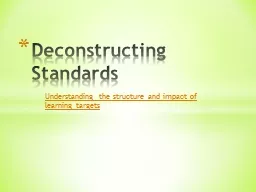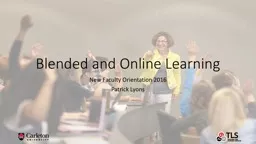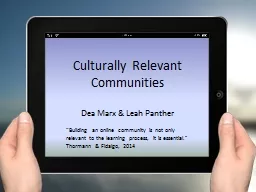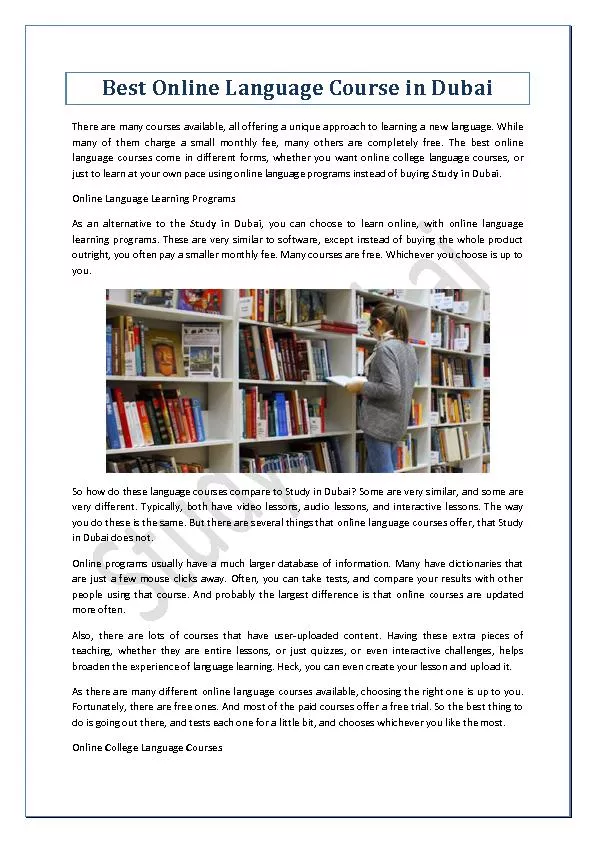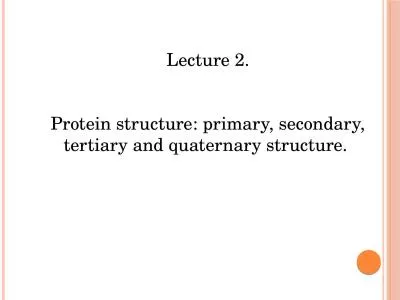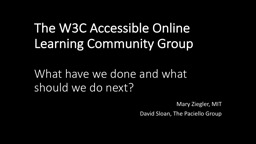PPT-Online Structure Learning
Author : sherrill-nordquist | Published Date : 2016-03-23
for Markov Logic Networks Tuyen N Huynh and Raymond J Mooney Department of Computer Science The University of Texas at Austin ECMLPKDD2011 Athens Greece Largescale
Presentation Embed Code
Download Presentation
Download Presentation The PPT/PDF document "Online Structure Learning" is the property of its rightful owner. Permission is granted to download and print the materials on this website for personal, non-commercial use only, and to display it on your personal computer provided you do not modify the materials and that you retain all copyright notices contained in the materials. By downloading content from our website, you accept the terms of this agreement.
Online Structure Learning: Transcript
Download Rules Of Document
"Online Structure Learning"The content belongs to its owner. You may download and print it for personal use, without modification, and keep all copyright notices. By downloading, you agree to these terms.
Related Documents


